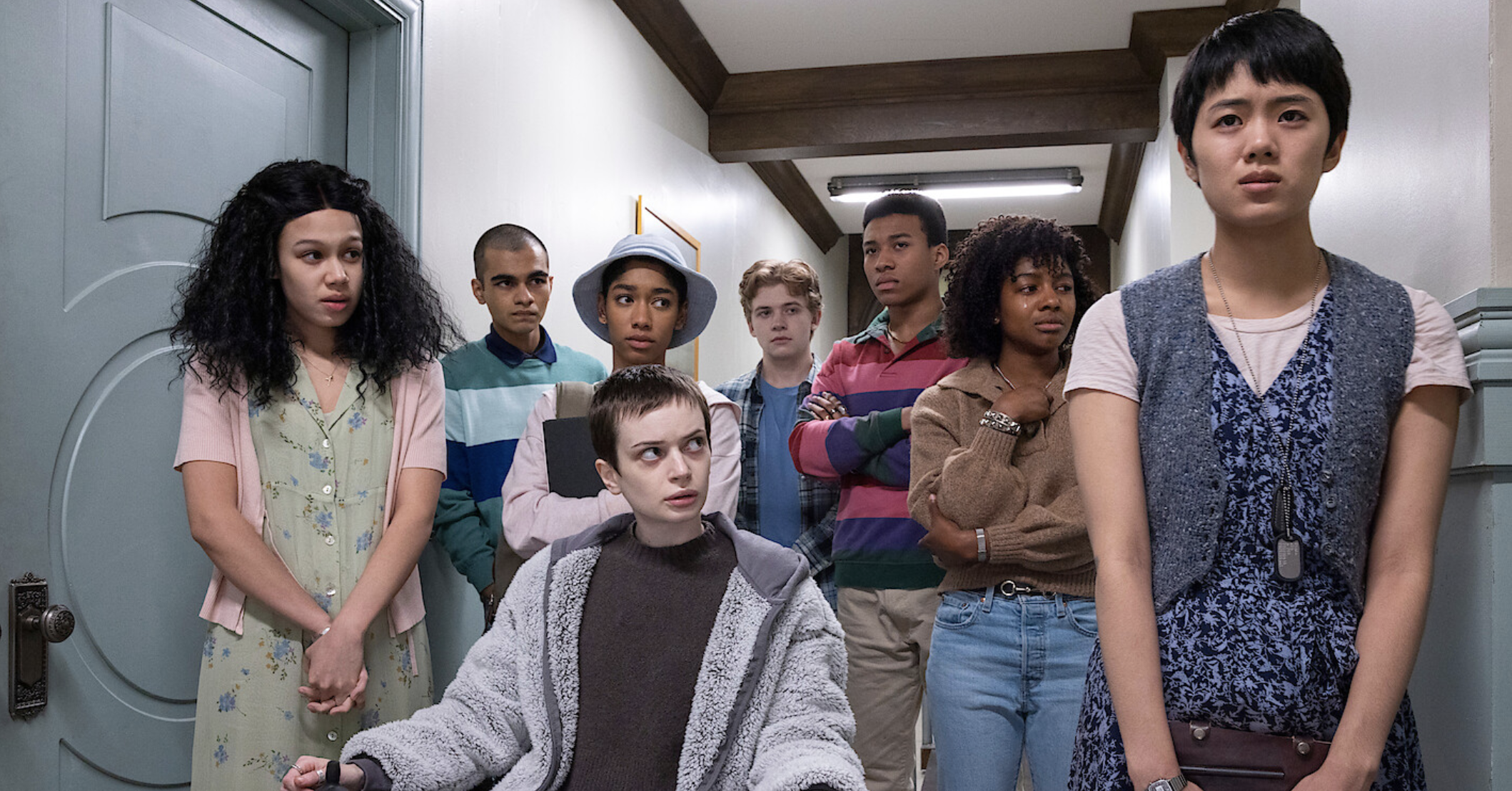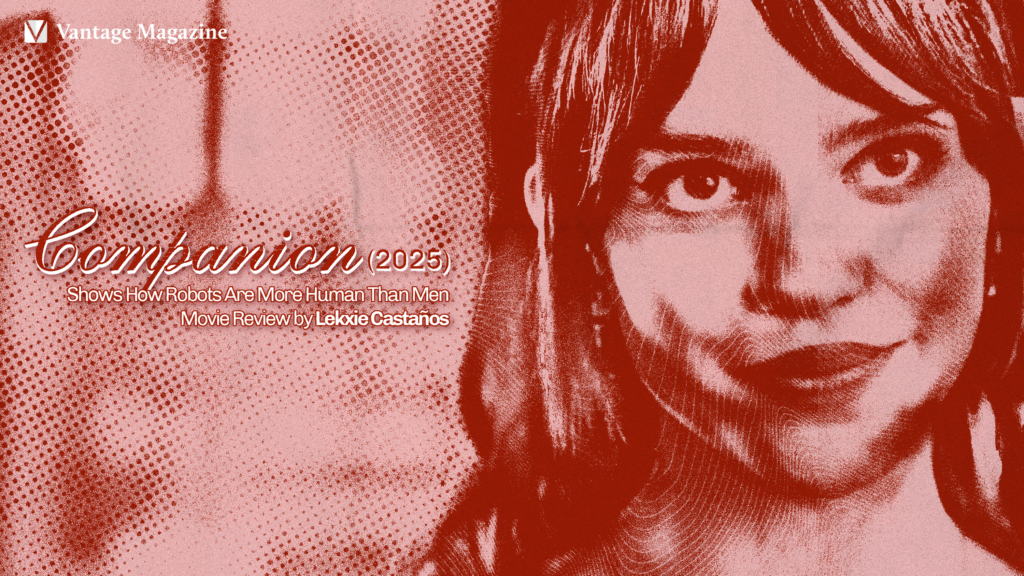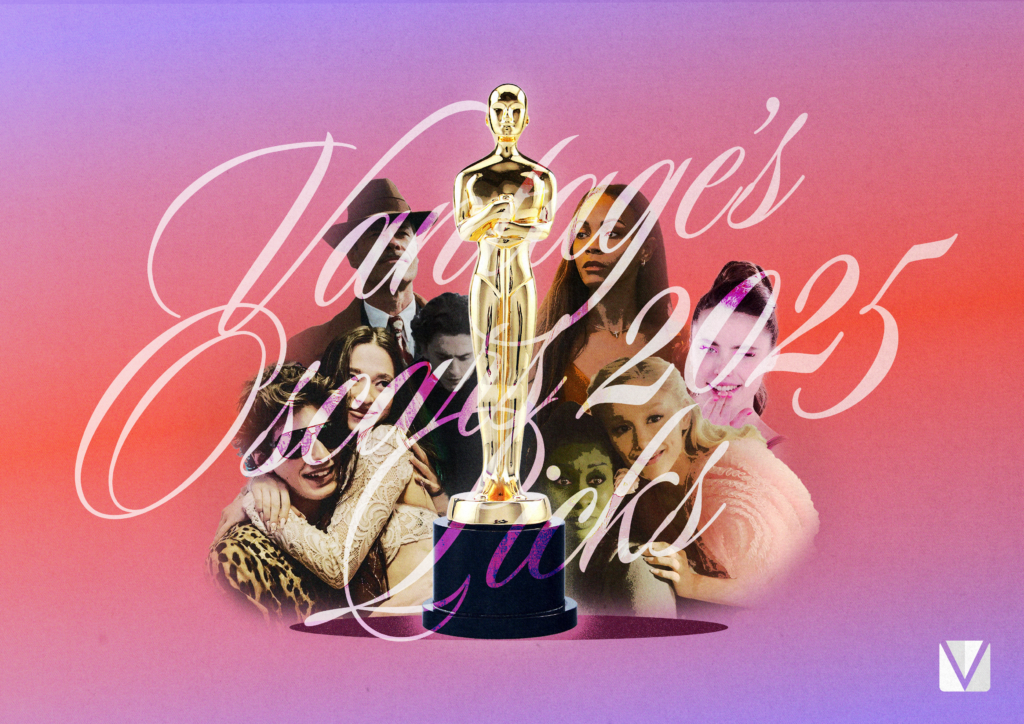DO YOU remember the last time you sat down with friends one night to tell scary stories—with everyone clutching each other as spooky descriptions of ghosts, killers, and cults made their way around the room? Do you want to relive that experience?
Lucky for you, The Midnight Club (2022) was released last October 7 and is the fourth of director Mike Flanagan’s Netflix shows after The Haunting of Hill House (2018), The Haunting of Bly Manor (2020), and Midnight Mass (2021)—all of which received an admirable rating of at least 80% on Rotten Tomatoes. Based on Christopher Pike’s novel of the same name, The Midnight Club is about a group of terminally ill teens who spend their last days in an enigmatic hospice by telling each other various scary stories of their own creation. When Ilonka (Iman Benson), our main protagonist, joins the hospice to recover from her illness, strange events lead her and her friends—the Midnight Club—to unfold mysteries about the hospice’s past.
With so much under Flanagan’s belt, The Midnight Club has tons of potential in becoming an exciting horror mystery for Halloween. However, this ended up being one of Flanagan’s weaker works.
The show is divided into two halves: on the one hand, the teens sharing their scary stories and, on the other, the mystery surrounding the hospice itself. Each episode focuses on one story as told by one of the teens, with the group meeting and telling stories together after some mystery about the hospice unfolds. Each story has its own unique voice—a 50’s detective noir film in one to an 80’s sci-fi action movie in another. Appropriately enough, the costumes, set design, color grading, all change to help the story as told by the different characters! The other visual elements vastly elevate these elements, too—the most notable of which is its slick aspect ratio changes, which completely transform the episode’s genre.
Through each story, The Midnight Club’s exploration of death’s inescapability was quite unique. From learning about the teens’ illnesses to understanding their fears through the told narratives, the viewers are able to understand the amount of time these teens have left on earth. After all, what’s more horrifying than knowing that your time is up? Unfortunately, the parts of the show tackling the hospice’s murky past drags the teens’ stories down and makes the plot slow and incohesive.
Now, these stories wouldn’t be complete without the actors who bring them to life. While some cast members’ performances were stale, they would never detract too much from the story. One unfortunate case was from our protagonist, Iman Benson. There were numerous scenes where she lacked chemistry with some of her cast members. At particular moments, her line delivery would sound flat and unauthentic towards her co-stars.
On the other hand, Ruth Codd gave a standout performance as Anya, the protagonist’s roommate. The bitterness, desperation, and fear evoked by her character’s situation was incredibly portrayed. Her line delivery achieved a layer of disdain which communicated her emotions without the need for flashbacks or expositions. In particular, the way Codd used non-verbal cues built a sense of fear in her face and elevated the terror in scenes.
Apart from the actors’ performances, the thematic resonance between the individual narratives and the characters telling them also helps flesh out the stories further. When a character would use storytelling as a means to process a traumatic event, the show grounds the horror in the teens’ personal lives. Thus, this element is what makes the characters’ fear of death the most heartbreaking aspect of the show. Unfortunately, this is heavily bogged down when the plot would once again return to the mystery surrounding the hospice.
In sum, the overarching story that Ilonka leads us through is a slow and dragging enigma which concludes in a confusing cliffhanger. While the show is intriguing at the start, its desire to employ an anthological approach to the stories results in a choppy and disjointed mystery. Thus, when the plot wraps up, it leaves us with this thematically confusing ending. This is best seen when looking at the show in its entirety, with the characters talking about being content and making the most out of their lives. However, by the end, they seem to have suddenly changed their minds, leaving us with a confusing voice on life and death.
Ultimately, from the characters’ annoying decisions to plot twists that belonged in a high school play, The Midnight Club doesn’t offer much beyond its individual characters’ narratives. With those stories being littered throughout a 10-hour series runtime, there’s just not enough zing to make you last through all of it.
Even with its record breaking amount of jumpscares, the show fails to paint a cohesive picture of a mysterious hospice and the characters who inhabit it. While horror junkies may find something to like in The Midnight Club, its poor pacing and confusing narrative turns could turn off casual viewers who are simply getting into the Halloween spirit.






